VanSnooker University Lecture #225 – Prof. Hozbert explains the significant findings of Ancient Amerika pics dated from approximately 2000-2150.
(Above are religious offerings commonly used in ceremonies.)
Prof. R. M. Hozbert on Ancient Amerika –
VanSnooker University’s recent archeological dig yielded a new discovery of Perishable Image Content (pics) from Ancient Amerika. It’s a rare find of intact photogenics that show everyday life from 5000 years ago. Although we cannot decipher their primitive written language, we can glean important clues from the pics.
We know from artifact evidence that Ancient Amerikans lived and worked exclusively in ottos (sometimes spelled autos). The importance of ottos to the culture cannot be overstated. These were individual capsules with propulsion mechanisms than enabled the population to travel for food and trade.
Ottos required frequent maintenance to off-load the effluent produced by the propulsion system. Here is a fine example of an otto being emptied at a removal station. The work of Snark & Huff suggests that ottos were emptied about once a week.
 Effluent waste from ottos was stored in metal tanks of various sizes and configurations, prevalent throughout Ancient Amerika. This useless byproduct was transported great distances for disposal. Note the orange Trok below – an example of an enlarged otto.
Effluent waste from ottos was stored in metal tanks of various sizes and configurations, prevalent throughout Ancient Amerika. This useless byproduct was transported great distances for disposal. Note the orange Trok below – an example of an enlarged otto.
Five thousand years ago, Ancient Amerikans lived in their ottos on open-air lots marked with painted lines. However, pics recovered from this archaeological dig show that some structures were made for otto storage. Perhaps for wealthy or important members of the tribe.
Children were sequestered in rectangle ottos, called bus, for up to nine months of the year. A single large seat in each bus suggests an adult was also present.
There is evidence of significant trade routes in Ancient Amerika. These pics confirm that large warehouses were used for community food storage.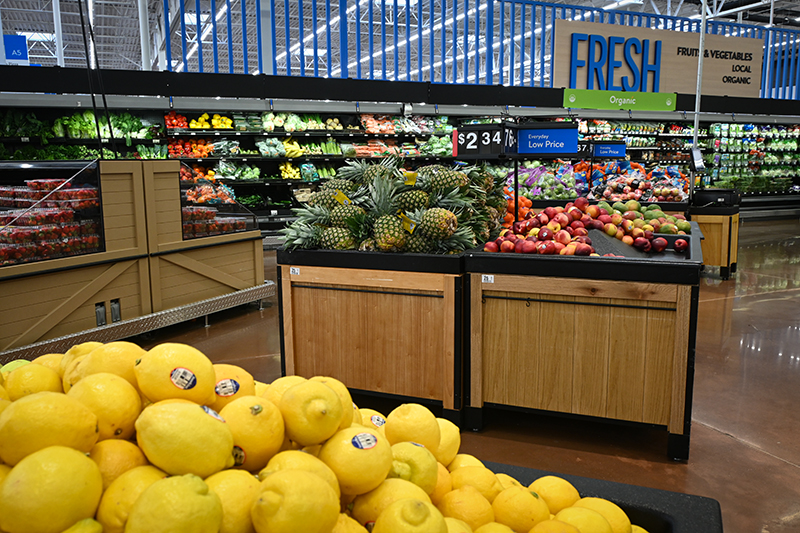
Here we see colored effigies important to celebrating the deity Easter. These were typically burned or floated downstream during the pageant of Past Over.
Trade markets offered specialized red clay for pottery making, such as the example below. Little of the ceramics have survived, and much is unknown about the source of this clay.
Religious ceremonies were performed outdoors with large gatherings of tribes or clans. Woozer et al have shown these sites can be found across Ancient Amerika, indicating the importance of regular contact with outside groups.
Below is an Atom machine – part of a barter system where a small piece of plastik (often called a card) could be traded for sheets of paper chits. One card could be exchanged for five or ten paper chits using this mechanism.
Ancient Amerikans also had an extensive network of underground tubes. Current theory suggests they were used as a communication system. The tall box in this pic is a sentry station to guard the tubes.
Here is a rare view inside a funeral crypt. Small niches were dedicated to each family for the burial of remains. Note the blue offering bin where messages were left to honor the dead.
 The last Perishable Image Content we were able to recover from this expedition is most intriguing. A female of 90-100 years old is shown inside an otto. Note the sallow skin color and dark eye coverings. Her expression is inscrutable, but we can surmise she is anticipating blowback.
The last Perishable Image Content we were able to recover from this expedition is most intriguing. A female of 90-100 years old is shown inside an otto. Note the sallow skin color and dark eye coverings. Her expression is inscrutable, but we can surmise she is anticipating blowback.
Next week VanSnooker University will present Lecture #226 – The Radiation Fallout Years.


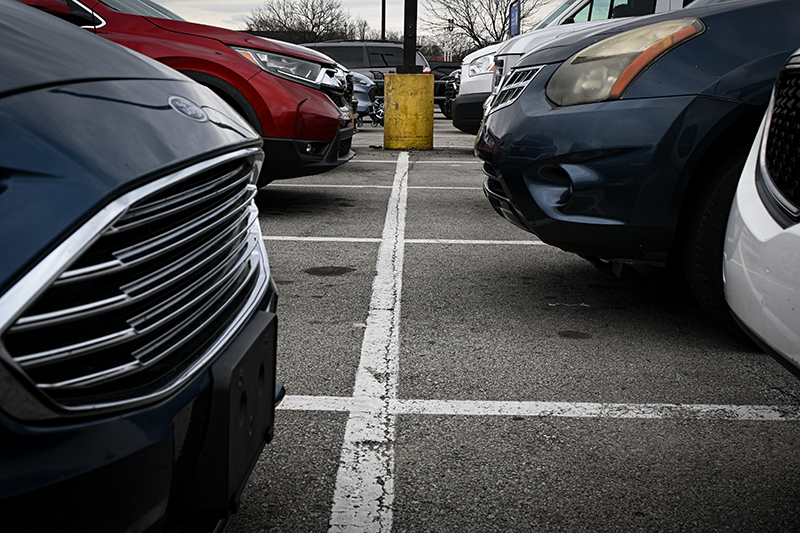
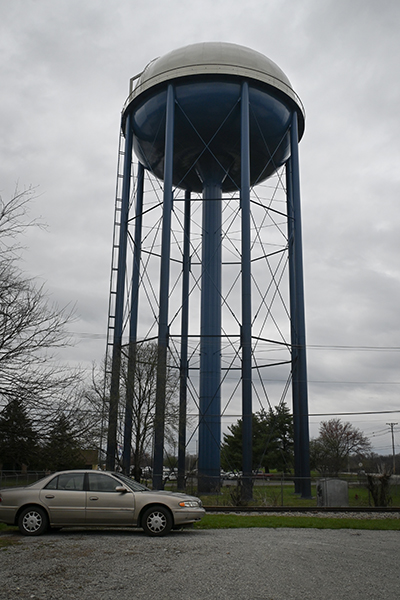
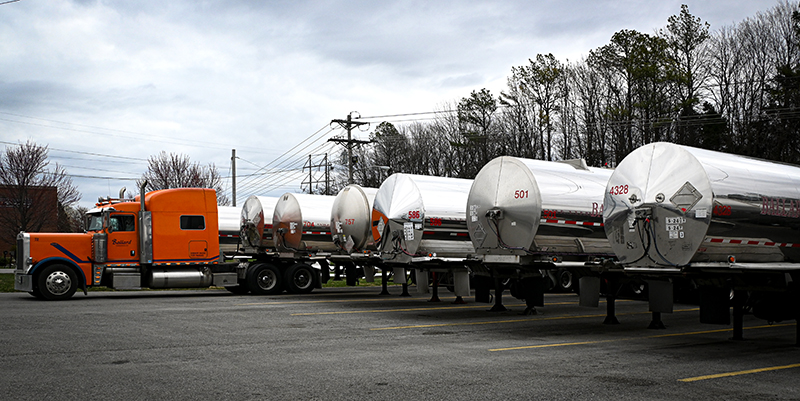
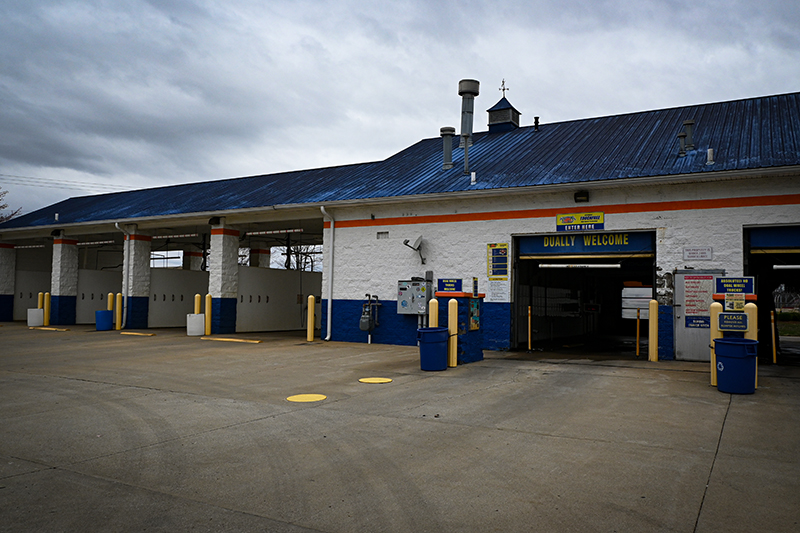

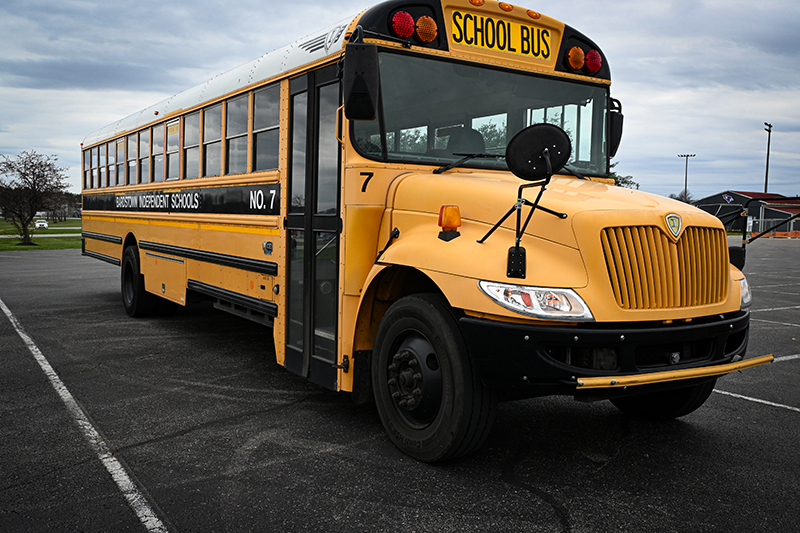

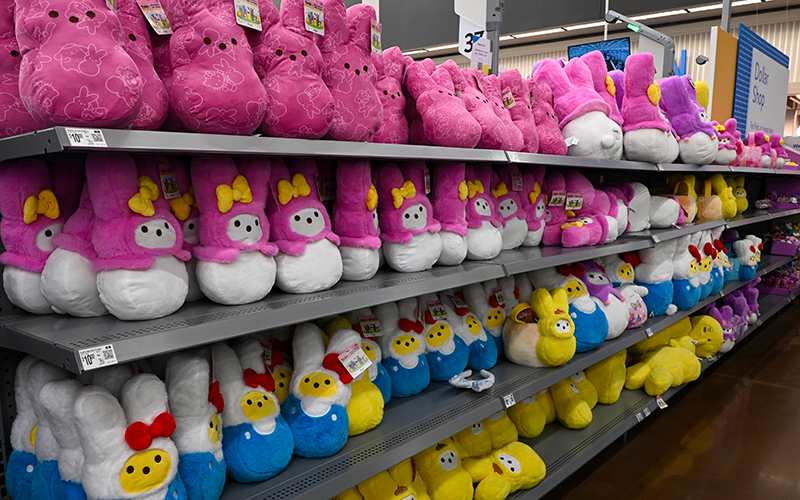
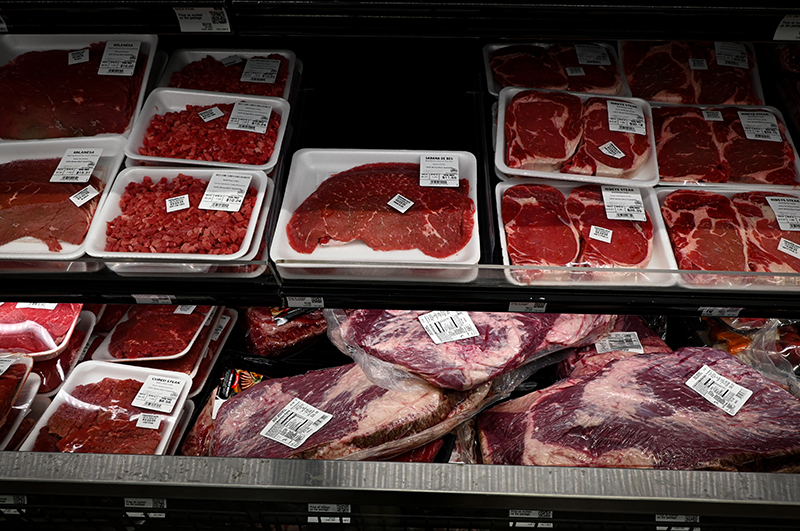

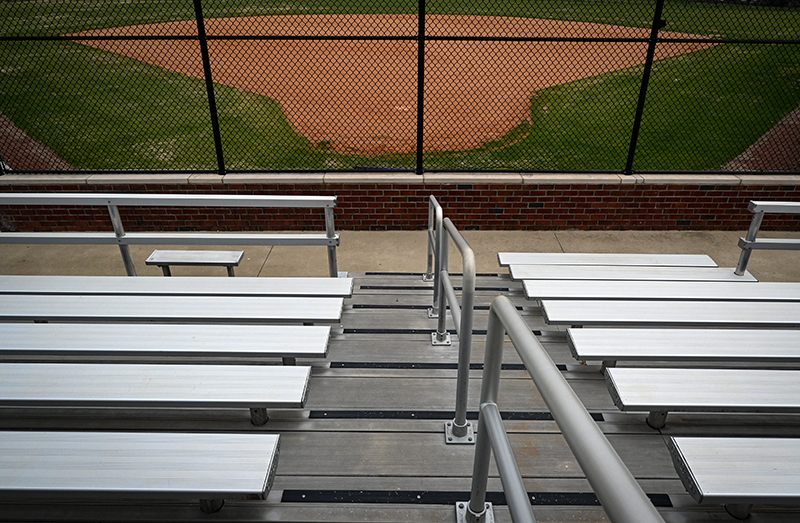


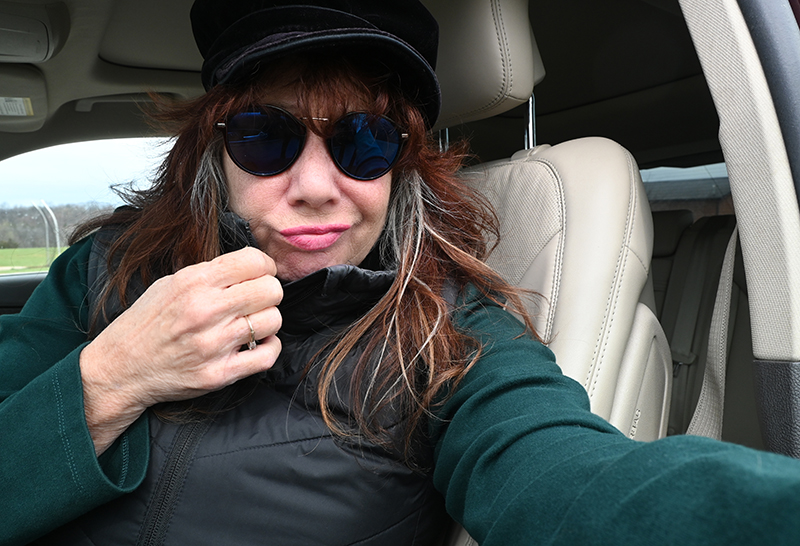
2 comments
Love it! Thanks Richie.
🤣😂🤣
Comments are closed.